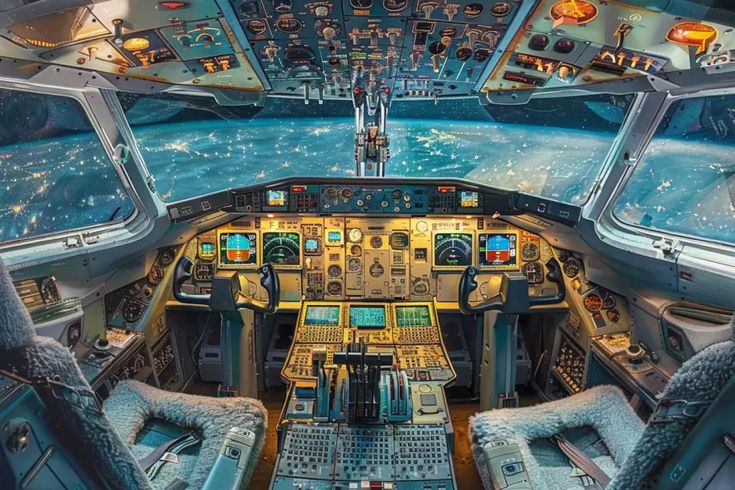Aviation assembly technology refers to the methods and tools used to construct aircraft. This field combines engineering, technology, and skilled craftsmanship to create safe and reliable flying machines. In this article, we will explore the importance of aviation assembly technology, its key components, and the future of this industry.
Table of Contents
Importance of Aviation Assembly Technology
Aviation assembly technology is vital for several reasons:
Safety
Safety is the top priority in aviation. Advanced assembly technology ensures that every component is assembled correctly, reducing the risk of mechanical failures during flight.
Efficiency
Modern assembly techniques enhance efficiency. Streamlined processes help manufacturers produce aircraft faster while maintaining high-quality standards.
Innovation
This field continually evolves with new technologies. Innovations lead to lighter materials, better fuel efficiency, and improved overall performance of aircraft.
Key Components of Aviation Assembly Technology
Understanding the components involved in aviation assembly helps clarify the process.
Materials
- Aluminum
Aluminum is lightweight and strong, making it a common choice for aircraft structures. - Composites
Composite materials, like carbon fiber, are increasingly popular due to their strength-to-weight ratio. - Titanium
Titanium offers excellent strength and corrosion resistance, often used in high-stress areas.
Tools and Equipment
- Robotic Arms
These automated machines perform precise tasks, such as drilling and fastening components, reducing human error. - CNC Machines
Computer Numerical Control (CNC) machines cut and shape materials accurately, allowing for intricate designs. - Assembly Jigs
Jigs hold parts in place during assembly, ensuring that everything is aligned correctly.
Techniques
- Riveting
Riveting is a traditional method that involves joining metal pieces with metal fasteners, providing strong connections. - Welding
Welding is used for joining metals, especially in high-stress areas, ensuring durability. - Adhesive Bonding
This modern technique uses adhesives to bond materials, reducing weight and improving aerodynamics.
The Assembly Process
The assembly of an aircraft is a complex process, involving several stages:
Design and Planning
Before assembly begins, engineers create detailed designs. Computer-aided design (CAD) software is often used to visualize the aircraft and plan each assembly step.
Fabrication
During fabrication, raw materials are shaped into parts. This includes cutting, forming, and treating materials to meet specifications.
Assembly
In the assembly phase, workers and machines come together to put the aircraft parts together. This includes:
- Fuselage Assembly: The main body of the aircraft is constructed first.
- Wing Assembly: Wings are built separately and then attached.
- Final Assembly: All components, including engines and interiors, are integrated.
Quality Control
Quality control is critical at every stage. Inspectors check for defects and ensure that each part meets safety standards.
Future of Aviation Assembly Technology
The future of aviation assembly technology is bright and filled with possibilities.
Advanced Manufacturing Techniques
Emerging technologies, like 3D printing, are beginning to play a role in aircraft assembly. This method allows for quick production of parts and can reduce waste.
Automation
As automation continues to evolve, more assembly tasks may be performed by robots. This can lead to faster production times and increased precision.
Sustainable Practices
The aviation industry is increasingly focused on sustainability. Future assembly technologies will likely emphasize eco-friendly materials and processes to minimize environmental impact.
Conclusion
Aviation assembly technology is a cornerstone of the aerospace industry, ensuring the safe and efficient production of aircraft. From the materials used to the techniques employed, each element plays a vital role in delivering reliable flying machines. As we look to the future, innovations in manufacturing and a focus on sustainability will shape the next generation of aviation technology. By embracing these advancements, the aviation industry can continue to soar to new heights, making air travel safer and more efficient for everyone.
